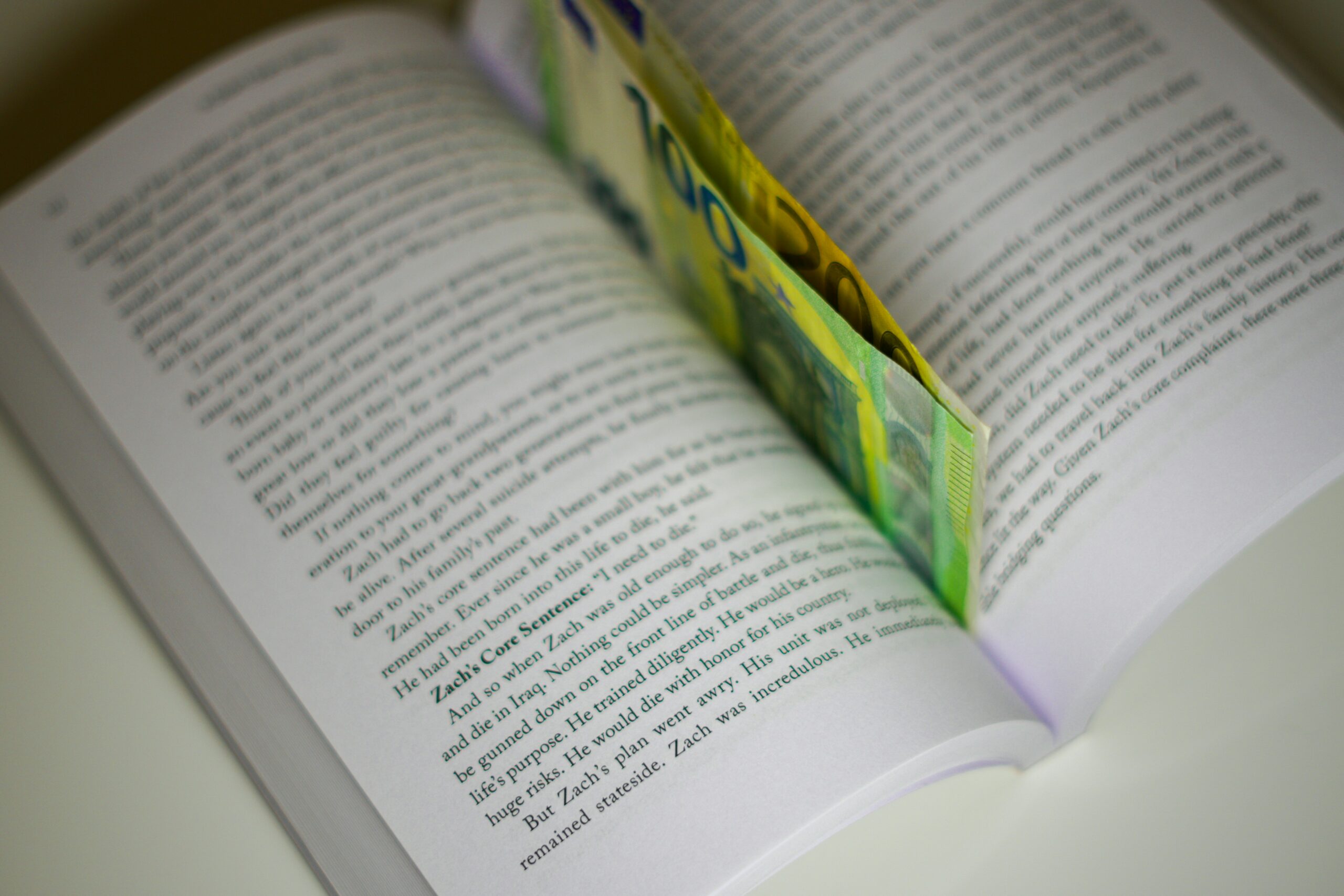Reading: “Defining and Locating Digital Rhetoric, Doug Eyman:
Intertextuality Link
seq=4https://www.jstor.org/stable/j.ctv65swm2.5?seq=4
After reading the paragraphs as assigned, I believe I half understand what the text is saying (if I read the correct part). From my understanding, intertextuality is typically used as a rhetorical effect, fairly similar in both an online and offline aspect. However, I noticed in the text it mentions there is a difference between Web-based text to print texts and monologic speech.
Thinking about this specifically, I can understand how it would be different since formatting would be different; if one is presented as a specific kind of professional format and what the context is. With this difference, some traditional methods and theories would have to be adjust, though it won’t fix everything. When transferring one method to another to fit the current subject, there will be gaps more visible. Figuring out how to fill those, keeping intertextuality in mind, will also be important.
I can see it as baking. Using a recipe, but having to use a few new equipment, maybe the recipe would have to be little different if the new equipment doesn’t have the exact same use as old equipment. Continuing the example, if new ingredients were added, then the old recipe would have to accommodate the new ingredients.
With this, Eyman argues to find a balance between the old and new, traditional and current. Scholars can’t completely focus on the current and skip over the process of the past with the Web. Since the past is important on how it developed all the way to the present. And with working on the present, it can help further advance the future. Which could possibly bring in even more methods and theories for scholars to test out and mess with. This will provide more challenges to future scholars.





Leave a Reply